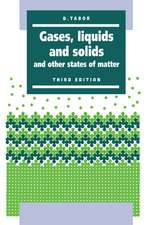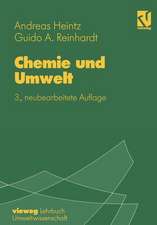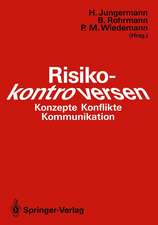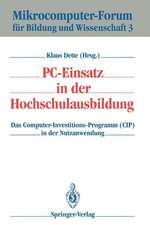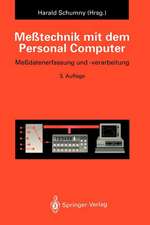Regeneration of Spent Catalyst & Impregnation of Catalyst by Supercritical Fluid
Editat de Professor Farid Gumerov Ph.D., B Le Neindreen Limba Engleză Hardback – 2016
Preț: 843.45 lei
Preț vechi: 1081.33 lei
-22% Nou
Puncte Express: 1265
Preț estimativ în valută:
161.41€ • 175.27$ • 135.59£
161.41€ • 175.27$ • 135.59£
Carte disponibilă
Livrare economică 01-15 aprilie
Preluare comenzi: 021 569.72.76
Specificații
ISBN-13: 9781634843096
ISBN-10: 1634843096
Pagini: 128
Dimensiuni: 155 x 230 x 17 mm
Greutate: 0.5 kg
Editura: Nova Science Publishers Inc
Colecția Nova Science Publishers Inc
ISBN-10: 1634843096
Pagini: 128
Dimensiuni: 155 x 230 x 17 mm
Greutate: 0.5 kg
Editura: Nova Science Publishers Inc
Colecția Nova Science Publishers Inc
Cuprins
For Complete Table of Contents, please visit our website at: https://www.novapublishers.com/catalog/product_info.php?products_id=56793


